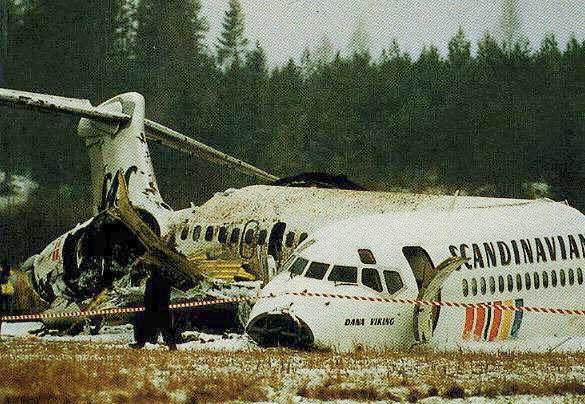DC-9
Hello Aviators
Welcome back to another long-awaited blog, yes, it has been more than a week without a blog update, I know and I apologize. I will try to be more consistent with the blog updates, but on to today's blog post, today's aircraft formed the foundation for many modern aircraft and formed the backbone of many airlines fleets. This aircraft is the DC-9.
History of the DC-9
The Douglas Aircraft company decided to develop a short-haul aircraft that would complement the DC-8 which was a quad-engine airliner that the company had developed before the DC-9, the aim of the DC-9 was to perform domestic flights in the USA but the aircraft found itself all over the world. Rather than recycling the design and parts of the DC-8, the Douglas aircraft company decided to create a whole new design for this new aircraft. Development of the DC-9 started in 1963 with the aircraft taking its first flight in February of 1965, the aircraft started passenger operations in December 1965 with Delta Airlines. Several different variants of the DC-9 were made over the years and it eventually lead to the development of the MD-80. The DC-9 was developed to compete with aircraft from Boeing such as the Boeing 727 and the 737, which is why many variants of the aircraft were made, each to compete with the different Boeing aircraft. The DC-9 was also built as a passenger variant and there were also cargo-only variants to support the growing air freight industry.
Specifications of the DC-9
As I stated before, the company produced several variants of the aircraft, but the most popular variant is the DC-9-30. The DC-9-30 was the specific variant built to challenge the early series Boeing 737 aircraft, the variant has a length of 36.36m, a height of 8.5m, and a wingspan of 28.44m. The aircraft is powered by 2 Pratt and Whitney JT8D pushing the aircraft and its 130 passengers to an average cruising speed of around 800km/h. The DC-9-30 can fly at a maximum altitude of around 10 000m and can fly a distance of just under 3000km. The DC-9 was built with a very unique feature, the aircraft was designed to allow passengers to board from the back of the aircraft, this is interesting because passengers typically board a plane from the side.
 |
| DC-9 with a rear door for passenger boarding. |
The dark side of the DC-9
Unfortunately, the DC-9 series has a dark side to it, although the DC-9 series could be seen as the workhorse of many airlines the aircraft series is also responsible for the loss of thousands of lives. As of 2022, there have been over 107 crashes across the DC-9 variants, with more than 2400 people losing their lives as a result of all these crashes. The reasons for these crashes include pilot error, lack of maintenance, poor weather conditions, design flaws, etc. The crashes of the DC-9 were not in vain, as safety in aviation has drastically improved from this era in time.
Unfortunately for the DC-9, as cool of a plane as it is, it has largely been phased out of airline operations due to the high maintenance and operations costs that come with an old aircraft, as of 2022, only 26 DC-9s across all the variants are still operating, these consist mainly of the freighter variants. This is very low especially when you consider that 976 of the aircraft were built. As sad as this is, it is great to know that the DC-9 inspired many more aircraft such as the Mad Dog which will be discussed in the next vlog, it also helped improve aviation safety around the world. That is all for this blog dear aviators, till the next one, STAY FLYING HIGH.







Comments
Post a Comment